NASA's New Dragonfly Mission to Saturn's Lake Filled Moon Titan!
Description
This is a Blue pill THORnews episode. I like Titan. I think it is cool and a Mystery. God bless everyone, T
T Lewison
5430 Birdwood Rd. #416
Houston Texas 77096
https://www.paypal.me/thornews
the article by phil plait aka the blue beetle
https://www.syfy.com/syfywire/nasa-will-be-sending-a-quadcopter-called-dragonfly-to-titan
Hey, go ahead and read that title again. It sounds like science fiction, but it's science fact: NASA is sending a flying robot to Titan, the largest moon of Saturn and a world where organic molecules rain down from the sky and fall into lakes of liquid methane.
The mission is called Dragonfly, and it will be part of NASA's New Frontiers program, missions that target high-priority solar system science goals — current New Frontiers missions include Juno at Jupiter, New Horizons (currently in the Kuiper Belt), and OSIRIS-REx, which is orbiting the tiny asteroid Bennu.
Dragonfly is so cool I can hardly stand it: It's a quadcopter, with four pairs of coaxial propellers each mounted at the corners of a 3-meter-long lander. The idea is that it can land in one spot on Titan and then fly in short 8-kilometer hops to other places where it can perform scientific measurements. It will be able to take images, sample the air and surface materials to determine their chemical composition, take meteorological and seismological measurements, and survey the surrounding areas as it flies. The goal: Examine the environment so we can better understand this huge moon, and look for the ingredients, the building blocks of life there.
Titan is a world that is both as alien as it can be and yet eerily similar to Earth. Saturn is over 1.4 billion kilometers away, so Titan is cold. Water on its surface would be frozen into ice harder than granite is on Earth! But it has a nitrogen atmosphere that’s 50% thicker than Earth's, enough to support interesting chemistry on the surface.
Titan was examined multiple times by the venerable Cassini spacecraft, and of all the results — including sand dunes made of hydrocarbons, evidence of cryovolcanoes, and even a subsurface ocean of liquid water — the most mind-blowing was the discovery of huge lakes of liquid methane and ethane near the north pole. Close up images using radar that penetrated the hazy atmosphere of the moon showed not only lakes, but hills surrounding them laced with rivers that are tributaries feeding into the lakes. This shows that methane on Titan acts like water on Earth; it evaporates, moves around in the atmosphere, rains down, and forms large standing bodies of liquids.

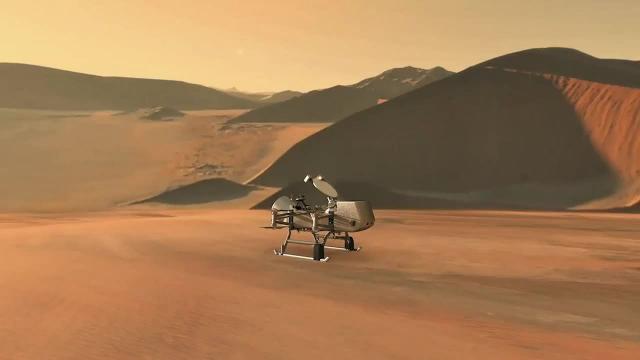
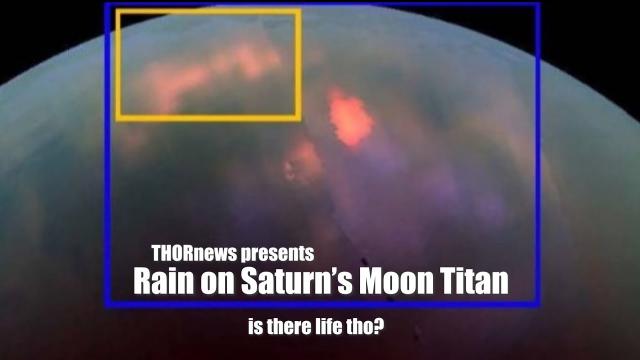
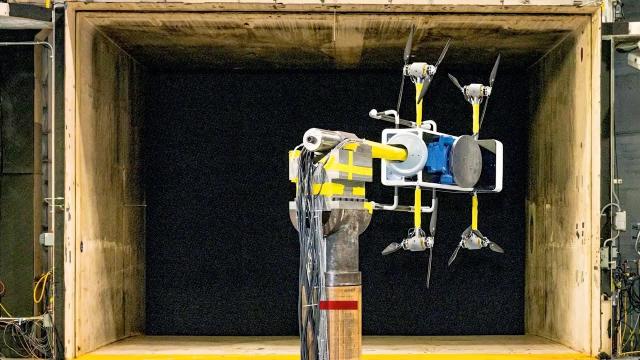
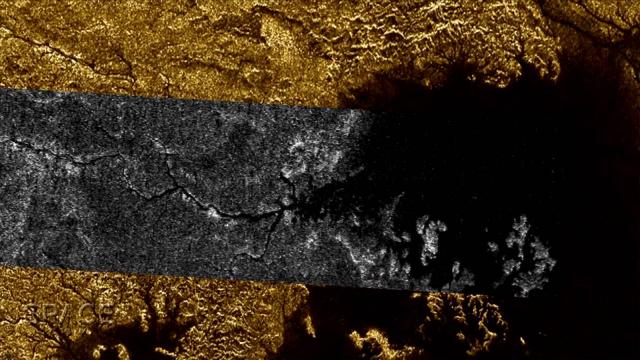
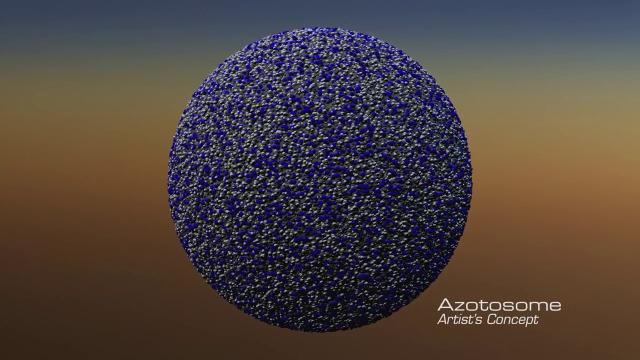
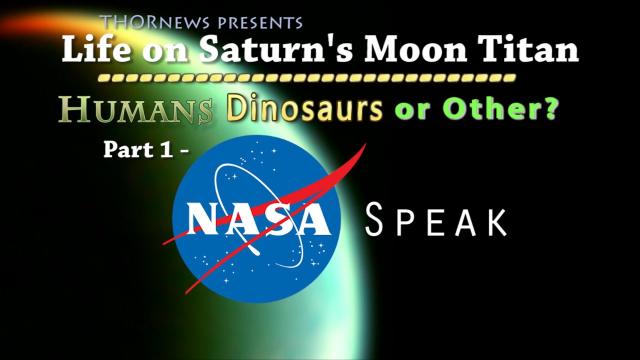
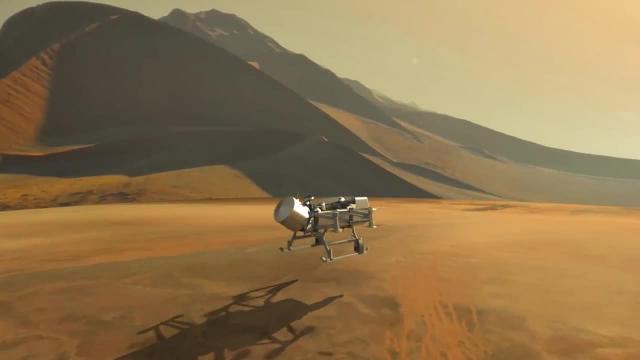

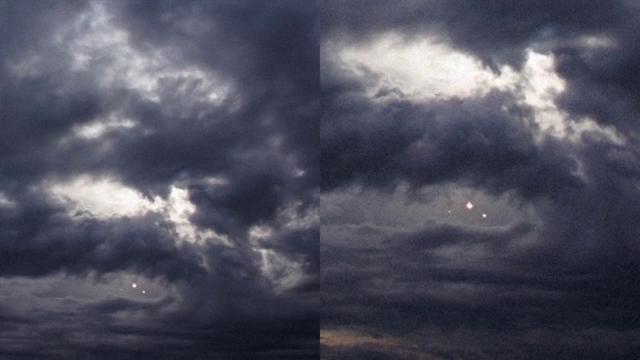





Comments